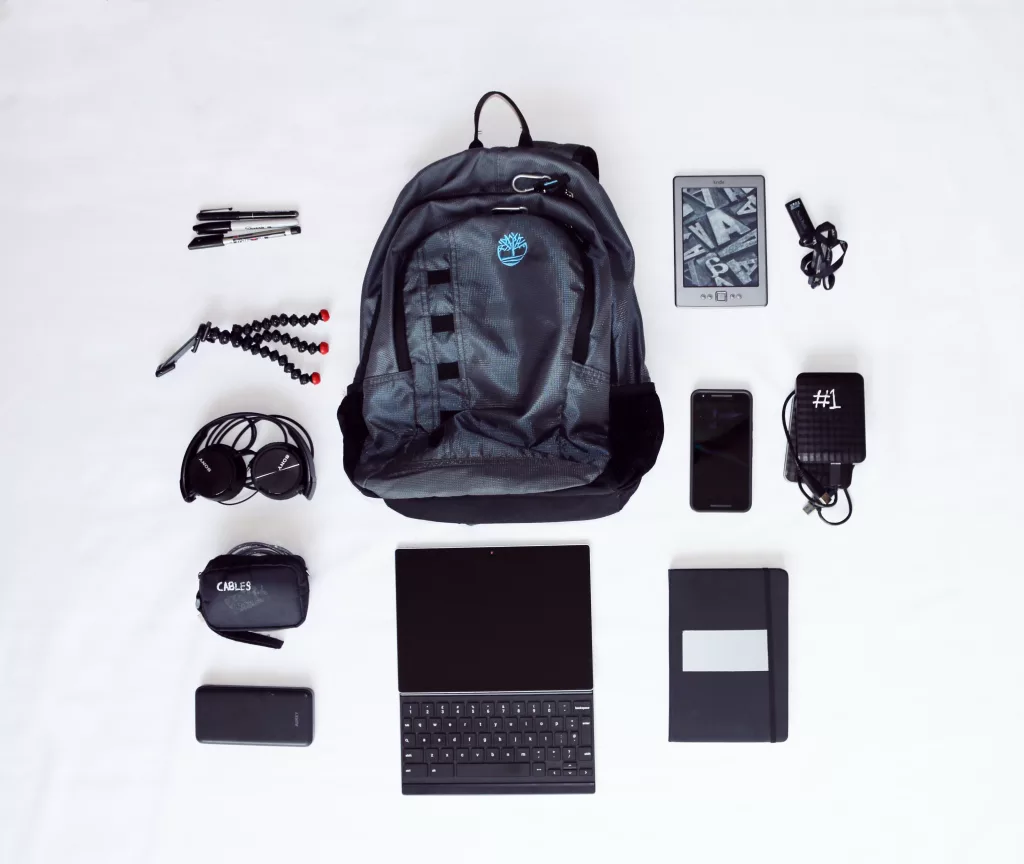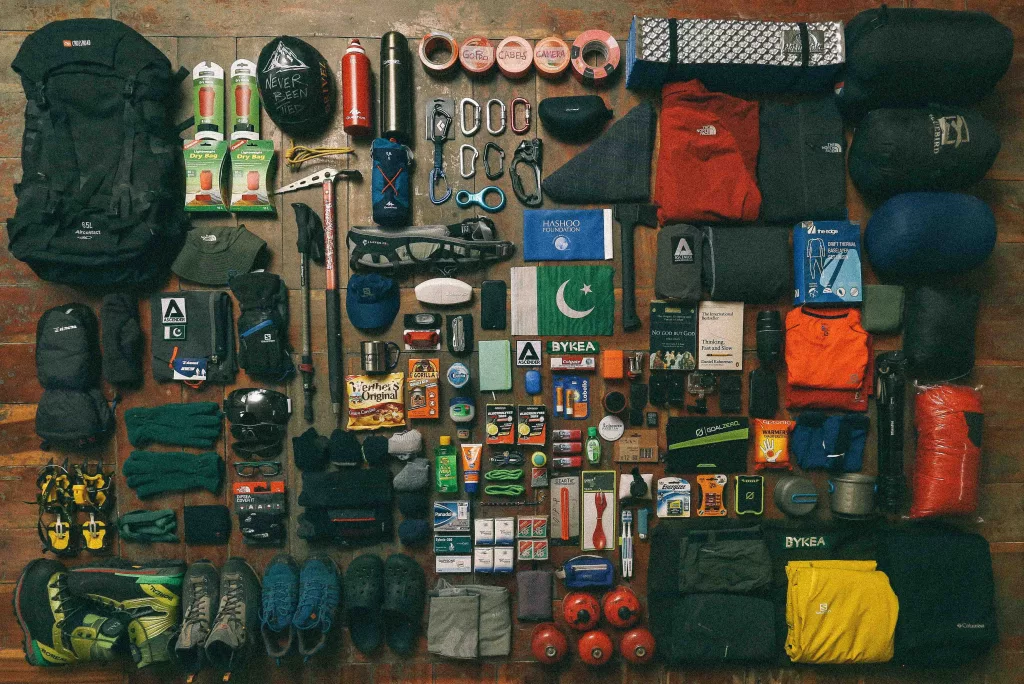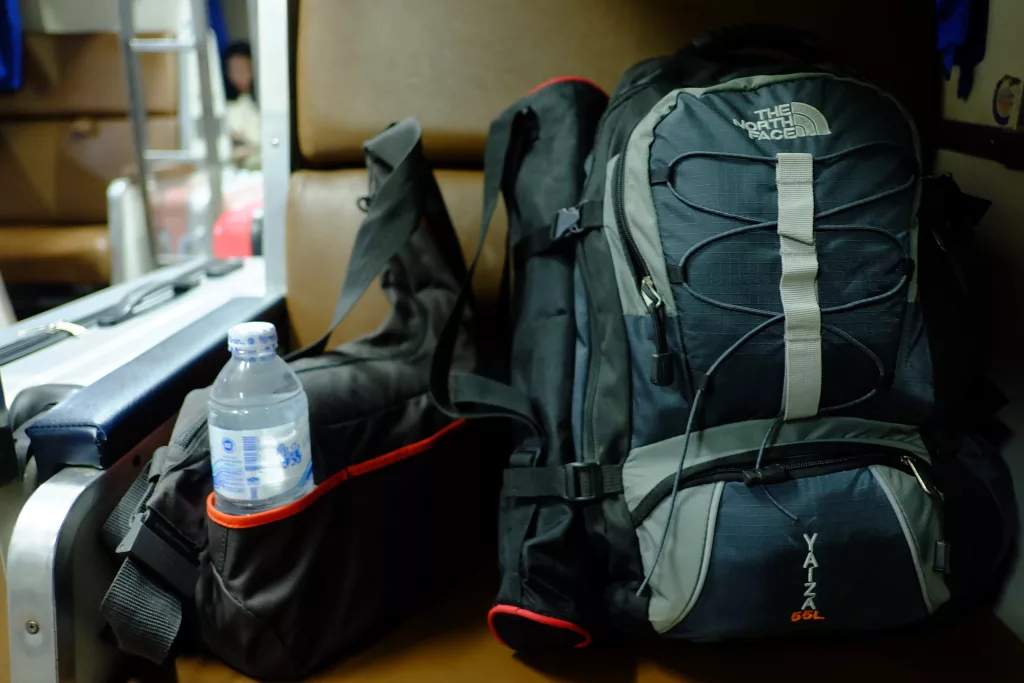Introduction
The Significance of a Survival Kit Backpack
Just think-have you ever gone out into the open, deep into some great forested area that’s never been explored before. Then all of a sudden, what had been an arranged journey becomes something different. The weather turns foul, your car breaks down, or you find yourself lost in the woods. The fact is that survival kit backpack can truly be life-saving, depending on the circumstances.
A survival kit backpack is not simply a set of equipment. It’s your life insurance, the open checkbook by which you can live. Indeed this is your preparation, that can accompany you quietly through it all and say there’s nothing to fear.

Comprehensive Preparedness on Your Back
You can think of this backpack as a little world in itself. In tight spots, it’s your microcosm for survival. Not that you have to take every gadget known to man; it all depends on what is necessary for your individual needs, and where you are going.
A well-balanced survival kit should address three fundamental needs:
• Shelter: It should start with emergency blankets and go all the way to tarps, tents-in short, it should cover you in every possible scenario of hot sun, cold climate or rain.
• Sustenance: Food and water are nonnegotiable items. In addition to pack high-energy food that will last a long time, it’s most important not to forget a water purification system.
• Safety and Signaling: You can’t get around emergencies. Your kit must include tools and devices to attract help, start fires and find your way home.
Designing a Well-Balanced Kit for All Occasions
The beauty of the survival kit backpack is in its versatility. Adapt it to suit your own requirements, and the environment you will be searching in. Whether you’re a mountaineering veteran conquering Everest, or an ordinary campsite fan on a simple weekend outing, your kit should match the activity and the threats.

Backpack Selection: Your Home Away from Home
The most important decision is to select the appropriate backpack for your survival kit. It’s your loyal little carrier, the cornerstone of your mobile life, and an essential part of being prepared. Let’s dive into the crucial aspects of a perfect survival kit backpack:
Durable and Weather-Resistant Material:
think of bucketing down rain on your backpack saturating your survival equipment. Or imagine it being torn by sharp rocks. Your backpack must be tough and able to withstand the elements.
Ensuring Longevity in Challenging Conditions:
Seek out high quality materials, such as ripstop nylon or polyester, which are extremely durable and can not be easily torn. Further, the materials are woven in a checked pattern so that if one thread is torn it doesn’t come loose and causes damage. For example, for the most durable extreme-conditions backpacks, consider those used by troops in the field.
Protection for Essential Gear:
Waterproofing is key. Bring backpacks with waterproof coatings or inner rain covers, otherwise the contents will get soaked in a downpour. If you want to be really safe, even buy dry bags for individual items such as your first-aid kit or electronics.
Comfortable Design and Fit: Walking around with a heavy backpack during long periods of time is truly the stuff of nightmares. First, comfort is very important so that you can walk long distances without pain.
Ergonomic Straps and Padding:
Seek out large, soft shoulder straps that fit the structure of your shoulders and spread weight effectively. Backpacks with chest straps are even more stable and don’t bounce to and fro with every step. Hip belts are vital, because they can take the weight off your shoulders and move it onto your leg muscles.

Supporting Extended Wear in Survival Situations:
Straps are adjustable, so they can be tailored for the perfect fit. C. Backpacks with padded back panels can be more supportive and breathable, particularly in hot weather.
Multiple Compartments and Pockets:
But organization is key to survival. There is no way you want to be scrambling around in your backpack in desperation for an important fire starter.
Organized Storage for Easy Access:
The variously sized multiple compartments let you quickly organize your equipment. Compartments for food, water, first-aid and tools are all separate-just grab dead in where you need it. Exterior pockets provide easy access to commonly needed items such as maps, snacks or sunglasses.
Efficient Segregation of Essentials:
You may as well add a waterproof compartment for more sensitive things, such as electronics or fire-making materials. It would also be nice to have a compartment for dirt or wet clothes, so that they don’t contaminate your clean things.
Prioritizing these key points, you’re bound to choose a backpack that is truly the best survival shelter-comfortable, protective and spacious-for your next expedition. After all, the pack is your lifeline; spend some money to buy a good one and you’ll be ready for anything.
In the next sections we’ll take a look at some of the most important accessories contained inside your survival kit backpack, so stay tuned as you find out what you need to add to your personal armory in order to truly be ready for any eventuality.
Core Survival Gear: Your Toolbox for Resilience
The heart of the survival kit backpack is its gear; these are the tools you depend on to beat the challenges and stay safe. Let’s delve into the three fundamental pillars of survival: first aid, food, and water:
Compact First Aid Kit:
But accidents can occur. Most minor injuries, if you are prepared for them ahead of time, won’t get the better of you in any survival situation. The first-aid kit is your mini First Aid Center, kept ready to treat cuts, burns and minor illnesses.
Essential Medical Supplies:
Ensure your kit includes:
• Bandages: Cuts, scrapes and sprains. Attended to assorted sizes.
• Antiseptic wipes: Clean wounds and prevent infection.
• Gauze pads and roller bandages: Bandage larger wounds and offer crutches.
• Pain relievers and antihistamines: Relieve pain and treat allergies.
• Tweezers and safety pins: Remove splinters and close wounds.
• Medical tape: Secure dressings and bandages.
• Emergency blanket: Prevent hypothermia by maintaining body heat.
Addressing Minor Injuries On-the-Go:
Consider additional items based on your activity and environment:
• Wound closure strips: Wound closure is also done as quickly and easily as possible.
• Eye wash solution: Flush out irritants from eyes.
• Sunscreen and insect repellent: Prevent sunburns and insect bites.
• Blister pads: Keep painful blisters from forming.
• CPR instructions and emergency contact information: Be prepared for any situation.
Emergency Food Rations:
In a survival situation, hunger pangs can quickly lead to debilitating weakness. Bring packed, high-energy and long-lasting food to keep the body going and maintain good spirits.
High-Energy Snacks and Non-Perishable Items:
Stock your kit with:
• Energy bars and trail mix: High in calories and nutrients.
• Dried fruits and nuts: Good sources for fiber and protein.
• Canned tuna or salmon: Provides protein and healthy fats.
• Instant oatmeal or soup: Carb-and nutrient-laden, warm and comforting.
• Chocolate: It helps boost energy and improves mood, a small morale booster.
Ensuring Sustenance in Crisis: Remember:
• Calorie content: In survival situations, look for a daily intake of 3,000-4,00 calories.
• Variety: To prevent the problem of taste fatigue, foods should be chosen to maintain variety in terms of both flavour and nutritional value.
• Expiration dates: Be sure to check and replace expired items regularly.
Water Reservoir or Bottles:
Without water, the human body can’t last long. Bring a supply to meet your needs and purify in an emergency.
Hydration Solutions for Varying Needs:
Choose from:
• Durable water bottles: Easy access to BPA-free plastic or stainless steel.
• Hydration bladders: Great for hands-free drinking on the go, when hiking or otherwise.
• Water purification tablets or drops: Treat potentially contaminated water sources.
Portable and Easy-to-Access Water Storage:
Remember:
• Calculate water needs: Take the environment, degree of activity and weather into account.
• Insulated containers: Extreme climates Keep water temperature constant.
• Leakproof closures: Prevent spillage and contamination.
Carrying a fully stocked first-aid kit, long-lasting food rations and dependable water solutions helps to give you an essential basis of trustworthy supplies for dealing with unexpected situations with calm assurance. We also introduce tools and gadgets that can improve your survival skills, making your passage easier no matter what the environment. Stay tuned!
Conclusion: Embrace Adventure, Prepared and Empowered
When you’re carrying your survival kit backpack of vital equipment, you can boldly enter any challenge and face all the cards life may deal. To prepare in the face of fear is to empower oneself. It’s a case of enjoying the excitement of exploration and knowing that you have what it takes to cope with disaster and win back your life.
Thus, pack your bags, plan your route and set off on an adventure knowing that all is well. But don’t forget-the best trips are those that challenge us most and take us far out of our comfort zones. Take off, go forth, search out new vistas; know that your silent companion ‘llaven’ backpack is behind you on the path you follow.
Bonus: Frequently Asked Questions
How regularly need to I replace my survival kit?
It’s a good exercise to check your package every 6 months, replacing expired items and ensuring everything is in operating order. Consider updating specific objects based to your upcoming adventures or adjustments within the surroundings.
What additional items must I keep in mind adding to my package?
The opportunities are countless! Depending for your wishes and sports, you may don’t forget:
• Navigation tools: Map, compass, GPS device
• Fire beginning equipment: Flint and steel, lighter, fits
• Signaling devices: Mirror, whistle, emergency beacon
• Multi-device: Knife, pliers, screwdriver, can opener
• Headlamp or flashlight: Essential for nighttime conditions
• Repair kit: Duct tape, safety pins, needle and thread
• Personal identity: Driver’s license, insurance statistics, emergency contact information
Where can I locate survival package necessities?
Outdoor gear shops, on line retailers, or even some preferred merchandise shops provide a wide variety of survival kit materials. Don’t hesitate to analyze, examine prices, and select the gadgets that nice fit your needs and budget.
Remember, the maximum essential detail of any survival package is your personal information and competencies. Invest in wasteland schooling, first-aid courses, and analyze basic survival techniques. Knowledge and preparedness are your maximum treasured gear in any journey.
